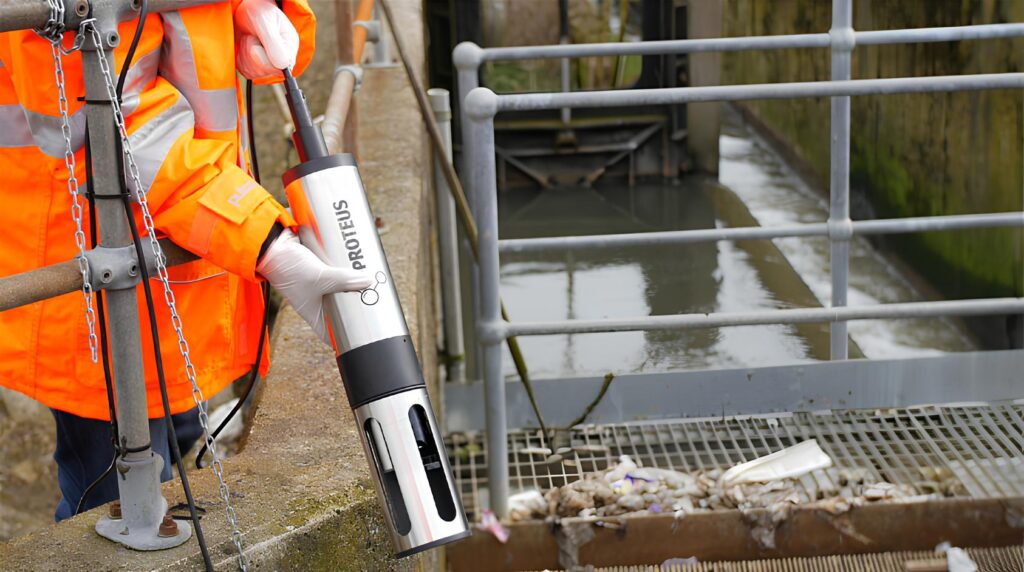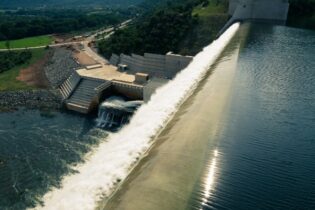Water quality is a pillar of the modern age, having good clean water is a public expectation. But water quality can change rapidly and unexpectedly for a variety of reasons, so reliable, real-time water management data is essential for both recreational and public use.
Parisians have been banned from swimming in the Seine since 1923 due to the amount of sewage and wastewater that now runs into the river. Thus, it came as a surprise when Paris announced that Olympians would swim in the Seine for the marathon swimming event, as well as for the swimming portion of the triathlon. Trouble arose almost immediately. Training sessions for the triathlon athletes were cancelled, and the men’s triathlon was cancelled and rescheduled due to the high pollution levels in the water. “This incident, caused by weather-related water quality fluctuations, underscores the importance of advanced monitoring systems,” says Gregg Sanders, general manager of Digital Solutions at NEC XON.From Paris to Parys
South Africa’s Midmar Mile swim and the Dusi River Canoe Marathon, have also faced E. coli concerns in the past. These renowned sporting events, which draw participants from around the world, have had to implement stringent water quality monitoring and management practices to ensure the safety of athletes. The recurring issues with E. coli contamination in these water bodies underscore the global challenge of maintaining clean and safe water for recreational use, further highlighting the need for advanced real-time monitoring solutions. Sanders emphasises the importance of real-time monitoring systems in such scenarios. “The recent developments in Paris illustrate the critical role that real-time water quality monitoring can play in safeguarding public health and ensuring the smooth execution of major events. With the right technology, we can anticipate and respond to potential issues more effectively, whether for recreational activities or essential water supplies.”Proteus
NEC XON partnered with a UK company called Proteus Instruments who developed one of the very first real-time multiparameter monitoring sensors that can pick up a wide range of parameters that include:- BOD, COD, TOC, DOC
- Optical Brighteners
- Ammonium
- Dissolved oxygen
- Nitrate
- EC / Salinity / TDS
- Pressure
- ORP / REDOX
- Turbidity
- Chloride
- Coliforms (faecal, E. Coli)
- Crude Oils
- pH
- Tryptophan
- CDOM
- Temperature
- Refined Oils
“Both the Blue and Green Drop Reports show high rates of non-compliance. Proteus does not replace regular lab testing but rather works work in conjunction with laboratories – but in real-time. Where a laboratory creates a single snapshot and can take up to a week to deliver a result, Proteus can provide a real-time early warning system. When thresholds are exceeded, a sequence of events can be initiated (officials alerted, pumps stopped and valves closed) to prevent harmful contaminants reaching consumers,” says Sanders.
“The Proteus can be used as a safeguard to check on overall system health. It gives almost instantaneous readings which can help pinpoint the source of the contaminant in large bodies of water. As the Proteus sensor moves along the water source, one can see the changing levels on a smart device if coupled with a Bluetooth battery pack. When laboratory tests are done, we upload those results and can validate the Proteus sensor using the laboratory results – giving the Proteus a more specific working range,” explains Sanders. “The Proteus also provides visibility on what’s happening in the water between lab tests – especially relevant given how rain and other factors can change water conditions so rapidly. This capability is especially valuable to municipalities that need to ensure the ongoing safety of the water they provide for household consumption.” The Proteus’ use cases include:- Municipal water quality and wastewater quality monitoring: ensuring safe, potable water and monitoring of wastewater
- Recreational water safety: monitoring conditions at beaches, public pools, rivers, and dams to protect public health
- Industrial and environmental monitoring: Tracking water quality in manufacturing, food and beverage production, and identifying pollution sources








